Why my next phone won’t be a new flagship
This article may contain personal views and opinion from the author.

There was a time when I needed to have the latest and greatest smartphone out there, regardless of whether there were still kinks to work out with it – I just needed to have it! Forking over for the investment was a satisfying thing back during those days, more so when there was a significant disparity between entry-level, mid-range, and flagship devices. Looking back now on it all, it’s unbelievable to realize why I was so intent on upgrading each year, rather than waiting for my 2-year agreement with my carrier to end.
Those were the days indeed! In recent years, however, my desire to get the latest and greatest each year has been diminishing. You could argue that I’ve been increasingly jaded by all the competition floating around, but even with each new phone, each successor, each evolutionary iteration, I soon had this clearer realization about what I really want in a phone – and that was just something that covers the bare essentials. Sure, others may have different priorities, but the more I kept on really uncovering what I use my smartphone for in my life, that’s when it occurred to me that I don’t need a flagship to satisfy my requirements.
Honestly, the last smartphone that I bought was the iPhone SE back in the fall of 2016 – the first iteration to be exact. Given the iPhone’s history, I was pretty confident that I would obtain the same rich and intuitive experience that previous iPhones offered without having too many compromises in the process. And you know what? It was the second time it occurred to me that I didn’t need to splurge $600+ for a smartphone to experience something satisfying. This brings me to my point of why my next phone won’t be a flagship...
The Cost
Without question, the biggest drawback I feel about the majority of today’s smartphones is that they’re ridiculously expensive. Some folks will argue that inflation may have a direct impact on today’s prices, which can range anywhere from $700 to $1000+. In comparison, flagships back 5+ years ago on the average topped out at roughly $650. Those prices were still considerable, but looking at how the iPhone X and Samsung Galaxy Note 9 currently start out at $1000, the extra few hundred dollars you’ll need to shell out makes me cringe.
For me, those few hundred dollars could be spent elsewhere – or possibly saved up for something else entirely different. Sure, those $1000 priced smartphones may have additional conveniences and features, but the question is whether they truly warrant the extra few hundred dollars. If we’re to look at the iPhone 8 versus the iPhone X, or even the Galaxy S9 and Note 9, it does make me wonder if they’re really worth the extra money. We can argue the bigger size, addition of the S Pen, and even a dual-camera implementation for the Note 9, but does it all equate to an additional few hundred dollars?
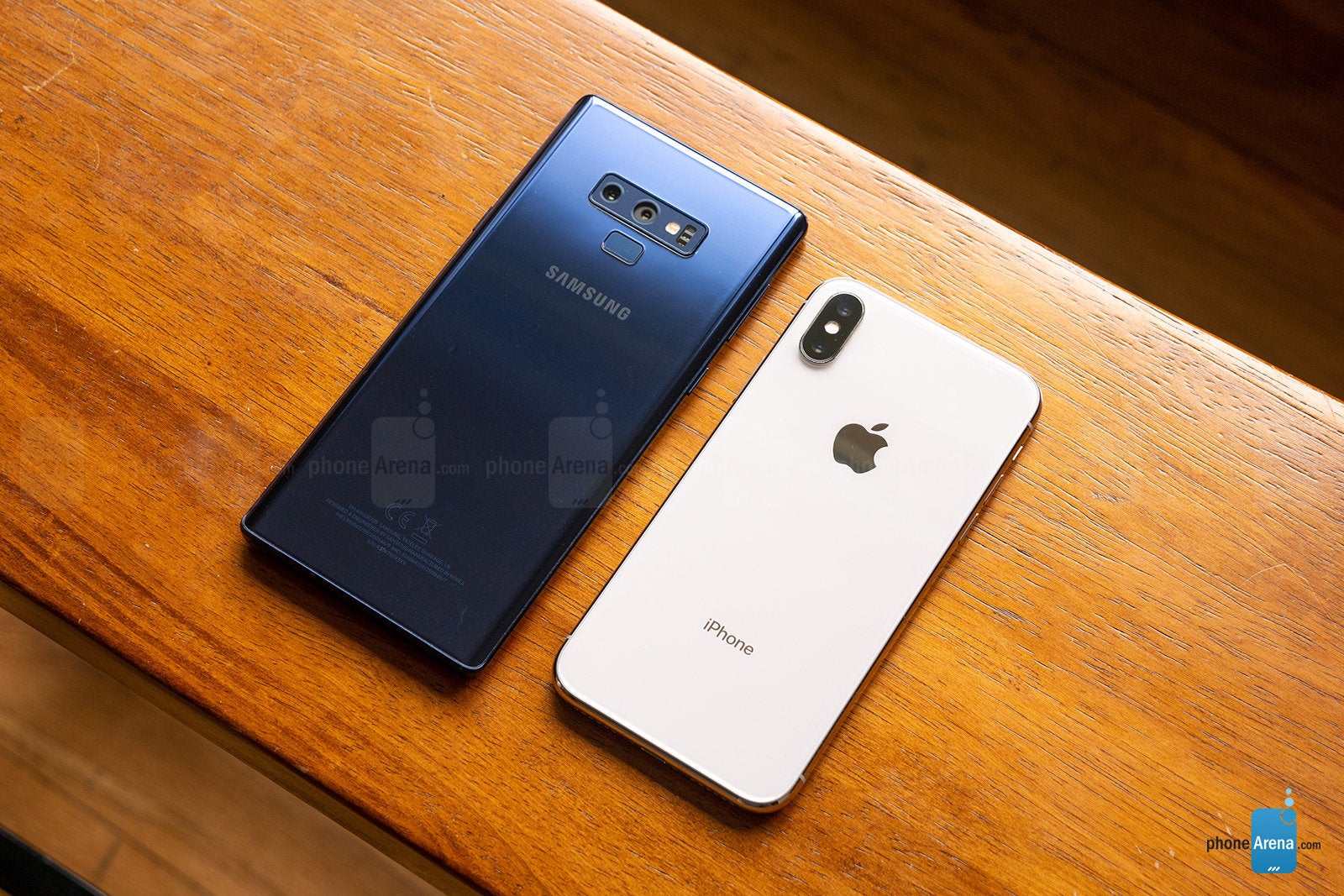
Smartphones such as the Apple iPhone X and Samsung Galaxy Note 9 have stretched the limit in terms of how much we pay for a device in this day and age.
Significant price drops with last year’s models (and more deals)
Naturally, when a new smartphone is finally released, it’s typical for last year’s model to receive a generous price drop. It may not always be the case for the iPhone, but when you look at many other Android smartphones, they tend to get the most love – often being given extra goodies in the form of BOGO offers, service discounts, gift cards, and much more. These are all incentives that I feel make last year’s flagships far more logical to choose over their newer counterparts. Factor in that they still perform reasonably well in a variety of areas, it just makes for a more convincing option for me.
Very little difference in build quality & design between flagships & mid-rangers
If you haven’t noticed yet, there’s a particular trend that nearly every phone follows. There was a time several years ago when there was a huge difference in design between mid-rangers and flagships, but that gap has seemingly been leaped in the last year or so. Today’s mid-range smartphones exhibit designs that could easily be mistaken for a flagship, especially when the glass-meets-metal designs became the standard for nearly every recent smartphone.
Nowadays, it’s super rare to find a phone that’s constructed from plastic, which you may find in some entry-level models. Beyond the aesthetics, build qualities have also been less defined between the various class of smartphones. Previously, it was feasible to tell the difference between flagships and mid-rangers by just holding them, but that’s no longer the case because manufacturers have perfected the recipe for crafting smartphones. Usually one can tell because a phone’s construction would be on the “cheap” side, one that traditionally would come with creaky casings, low-quality materials, and be shoddily put together.
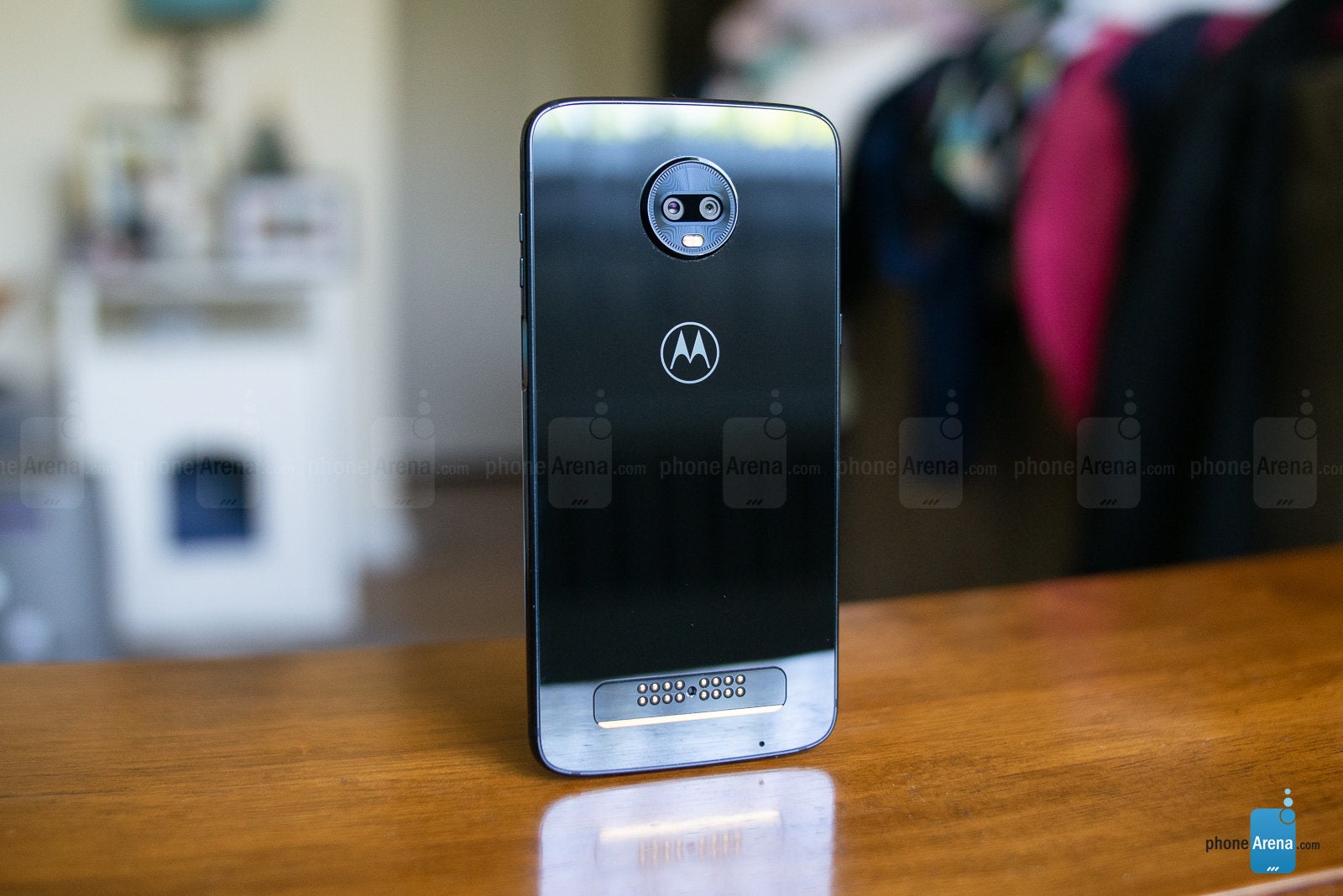
While it's technically classified as a mid-ranger, the Moto Z3 Play is a perfect example of how mid-rangers receive the same level of attention that flagships get with their designs.
New mid-rangers offer the basic essentials at the fraction of the price
Part of the reason why I fell in love with the iPhone SE, versus some of its newer, more capable siblings, was the fact that it did everything that those flagships could offer, but at the fraction of the price. From taking decent photos for social media, to email replies, and watching videos, the iPhone SE at the end of the day delivered the same level of completeness when it came to the basic essentials. And do you know the best part about it all? It’s that there wasn’t a huge difference with its overall performance, in terms of fluidness and responsiveness with basic tasks. This is crucial because I didn’t feel that the iPhone 6S, which at the time was the superior spec’d iPhone when the SE was released, offered something greatly more in terms of accomplishing these essential functions we all carry out with our smartphones.
Camera performance is more than ample
Another critical area that defined the gap between flagships and mid-rangers was the performance between their cameras. Back then, it was instantly noticeable how flagship smartphones were dominant in this category, as they produced sharper, more detailed images in all lighting conditions across the board. Mid-rangers, to their credit, took decent looking snapshots, but their performance under low light was complete garbage. Today, though, is a different story because at times it’s difficult to tell the difference what is what when photos are taken under ideal situations. Sure, it’s quite possible to spot the difference under low light, where flagships prove their worth, but for most people who don’t scrupulously put their stuff under the microscope, it’s almost meaningless.
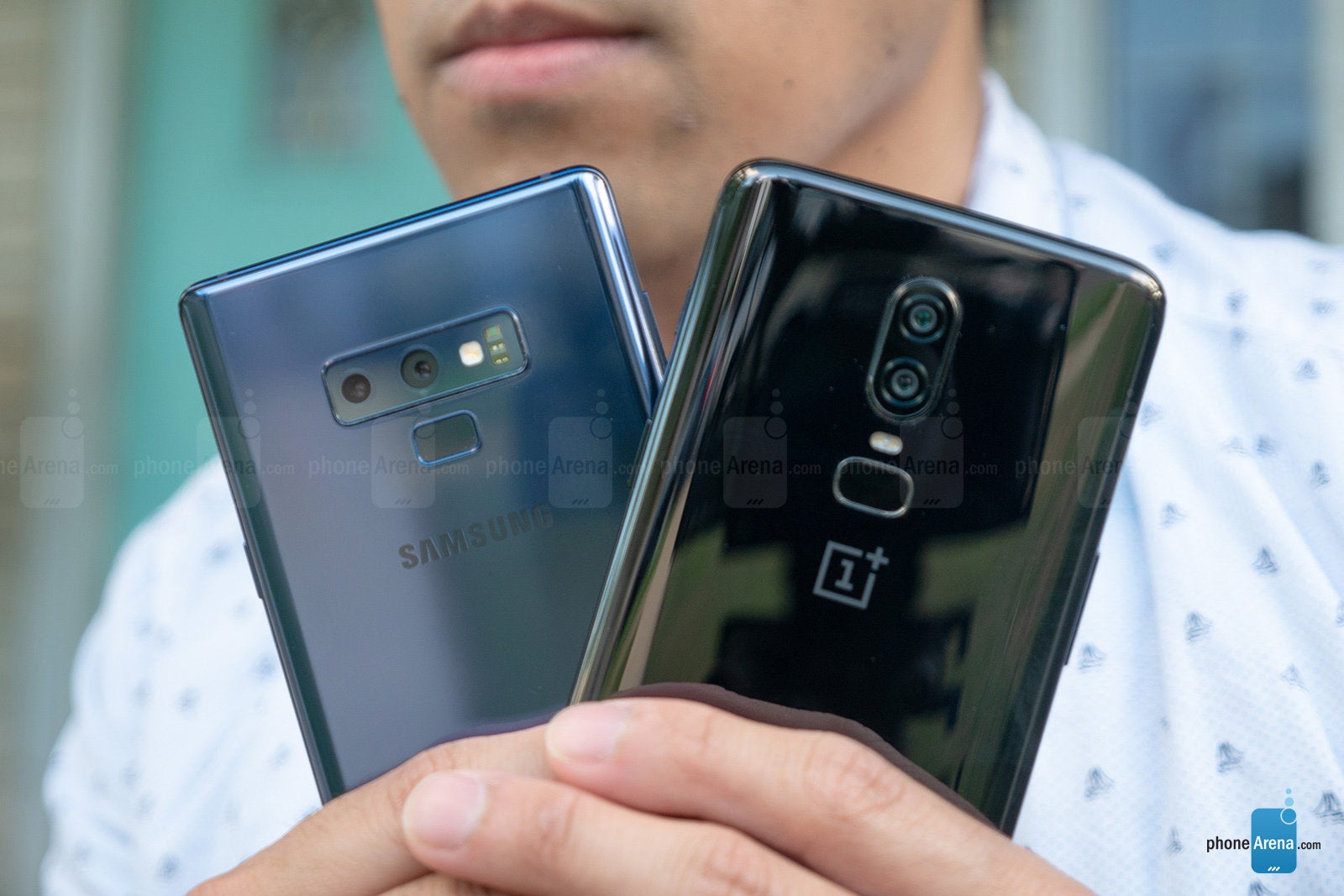
There isn't a huge disparity in terms of the camera performance between mid-rangers and flagships when the lighting conditions are ideal. However, low-light is totally something else.
The potential flagship purchase
While I’ve been listing several reasons why my next phone won’t be a new flagship, the flagship category now covers a significantly broader area than before. Take for example the OnePlus 6, which is one of the most impressive smartphones I’ve tested out and used for a great period of time this year. Part of the allure is its aggressive price point of $530, a figure that places it more in line into the mid-range category. At nearly the fraction of the cost of most traditional flagships, the OnePlus 6 is what I’d consider at the moment the only flagship caliber smartphone I’d consider purchasing and owning. The savings alone is appreciated, but more so when it doesn’t skimp out with its performance either.
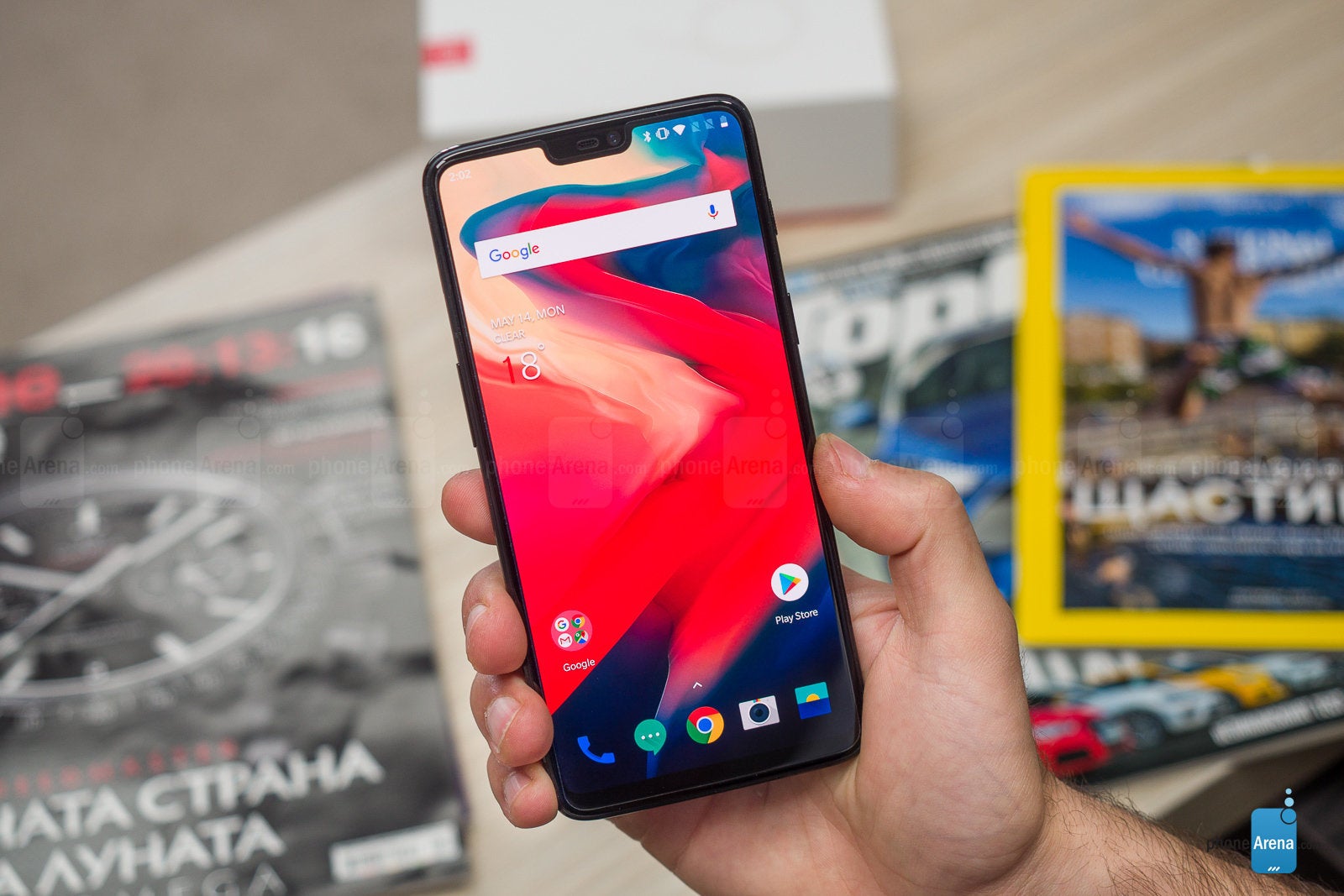
The OnePLus 6 is one of the few notable flagship caliber smartphones that stays under the $600 starting price, which is a huge savings over its main rivals.
Going with what works
If there’s one thing that the iPhone SE has proven, it’s that you can still have a great smartphone in what would be considered as an inferiorly spec’d device. It’s not trying to win awards or set new records in the specs department, which is why I would fancy another one if it follows in the same footsteps. Ultimately, though, if it’s able to still maintain the same level of responsiveness, capture pleasant looking photos, and can get me through at least one-day of normal usage with its battery, it’s a solid contender for being my next smartphone purchase.
Looking ahead
Everyone has different priorities. And it’s those priorities that help to dictate what phone you should get next. I personally don’t have a need for a phone that can produce those faux bokeh effects with portrait photos, nor do I see myself ever using my phone in the pool without a water-proof case on it. Others, however, may not share the same sentiments, which is exactly why they may feel it’s necessary for them to go with a flagship caliber device.
Going back to my original and most pressing reason, the cost is something that plays heavily into my decision. When I think of how people easily hand over $1000 for a smartphone, it shocks me because that’s the same price as some decently spec’d convertible laptops, which you’d own not just for a year or two, but rather, several years to really absorb the substantial investment. I would rather pay for a smartphone under or near the $500 range much more, seeing that it’s not totally draining my pockets in one single transaction.
Here’s the question that’s left on my mind. Are flagships over-rated?
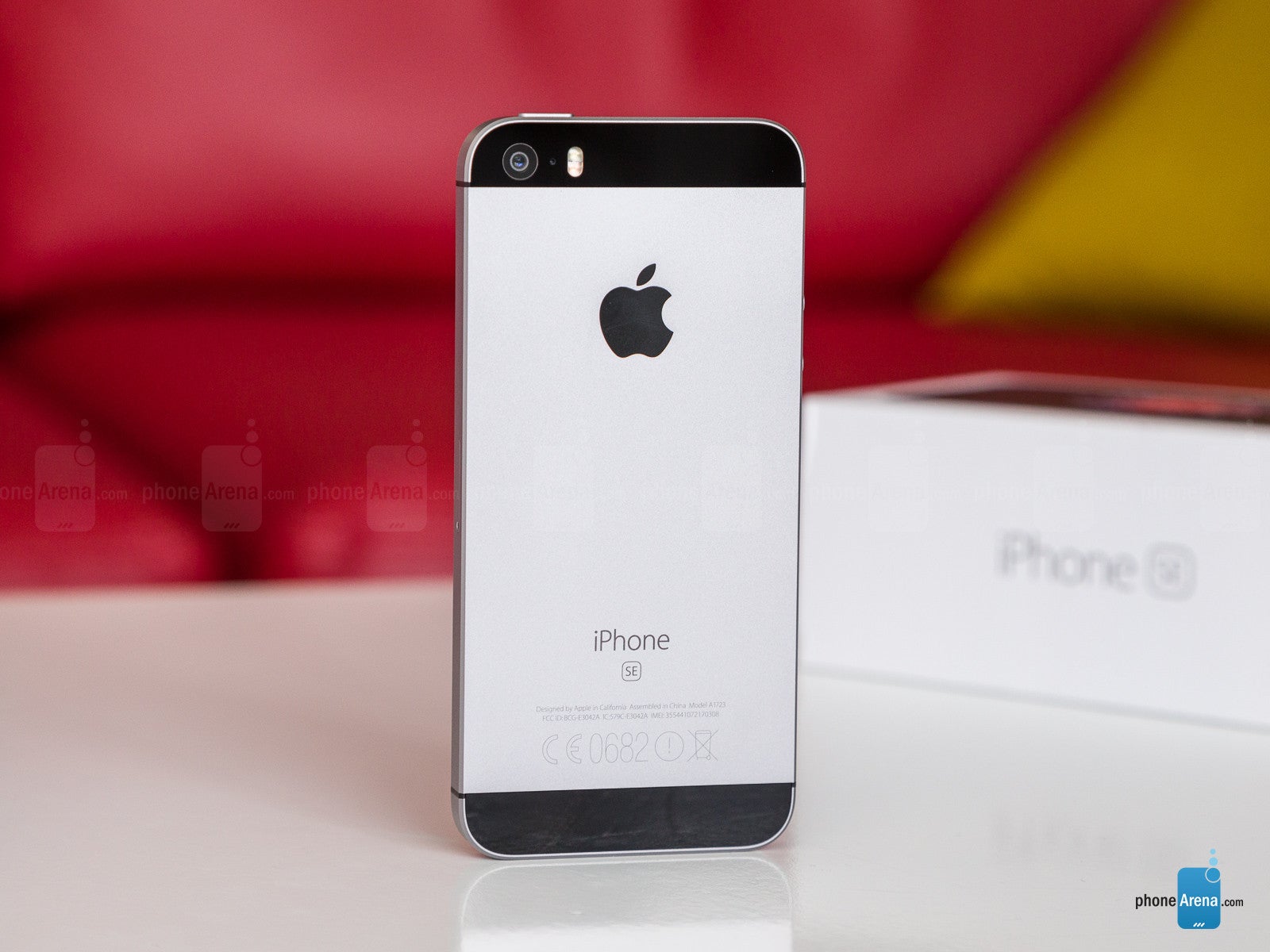
The iPhone SE showed me it's a fully capable smartphone with no major compromises, so it makes me eager to find out what other similar devices will follow in its footsteps in the future.
Follow us on Google News











Things that are NOT allowed:
To help keep our community safe and free from spam, we apply temporary limits to newly created accounts: